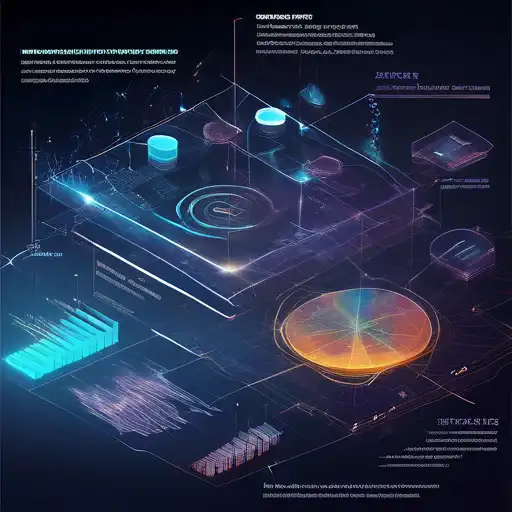Introduction to Data Visualization
In the era of big data, the ability to visualize complex datasets in an understandable and actionable manner is invaluable. Data visualization techniques transform raw data into visual contexts, such as charts, graphs, and maps, making it easier to identify patterns, trends, and outliers. This article explores the most effective data visualization techniques that can help businesses and individuals gain better insights from their data.
Why Data Visualization Matters
Data visualization is not just about making data look attractive; it's about making data accessible and comprehensible. With the right visualization techniques, you can uncover hidden insights, communicate findings more effectively, and make data-driven decisions with confidence.
Top Data Visualization Techniques
1. Bar Charts and Column Charts
Bar and column charts are among the most common and versatile data visualization techniques. They are ideal for comparing quantities across different categories. For instance, a business could use a bar chart to compare monthly sales across different regions.
2. Line Graphs
Line graphs are perfect for displaying data trends over time. They can help identify seasonal patterns, growth trends, or declines in various metrics, such as website traffic or product sales.
3. Pie Charts
Pie charts are useful for showing proportions and percentages. They can quickly convey how a whole is divided into parts, such as market share distribution among competitors.
4. Scatter Plots
Scatter plots are excellent for identifying correlations between two variables. They can reveal patterns or relationships that might not be apparent from raw data alone.
5. Heat Maps
Heat maps use color coding to represent data values, making them ideal for visualizing complex data sets, such as user activity on a website or geographic data distributions.
Choosing the Right Visualization Technique
Selecting the appropriate data visualization technique depends on the nature of your data and the insights you wish to derive. Consider the message you want to convey and your audience's familiarity with data interpretation when choosing your visualization method.
Best Practices for Effective Data Visualization
- Keep it simple: Avoid clutter and focus on clarity.
- Use appropriate colors: Colors can enhance understanding but avoid using too many.
- Label clearly: Ensure that all axes, legends, and data points are clearly labeled.
- Highlight key insights: Use annotations or highlights to draw attention to important data points.
Conclusion
Data visualization is a powerful tool for unlocking the stories hidden within your data. By mastering these techniques, you can enhance your analytical capabilities, communicate more effectively, and make informed decisions based on data-driven insights. Whether you're a business analyst, marketer, or data enthusiast, incorporating these visualization strategies into your workflow can lead to better outcomes.
For more insights on leveraging data for business success, explore our Business Intelligence section.
